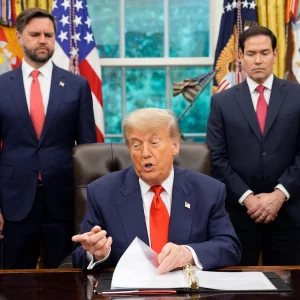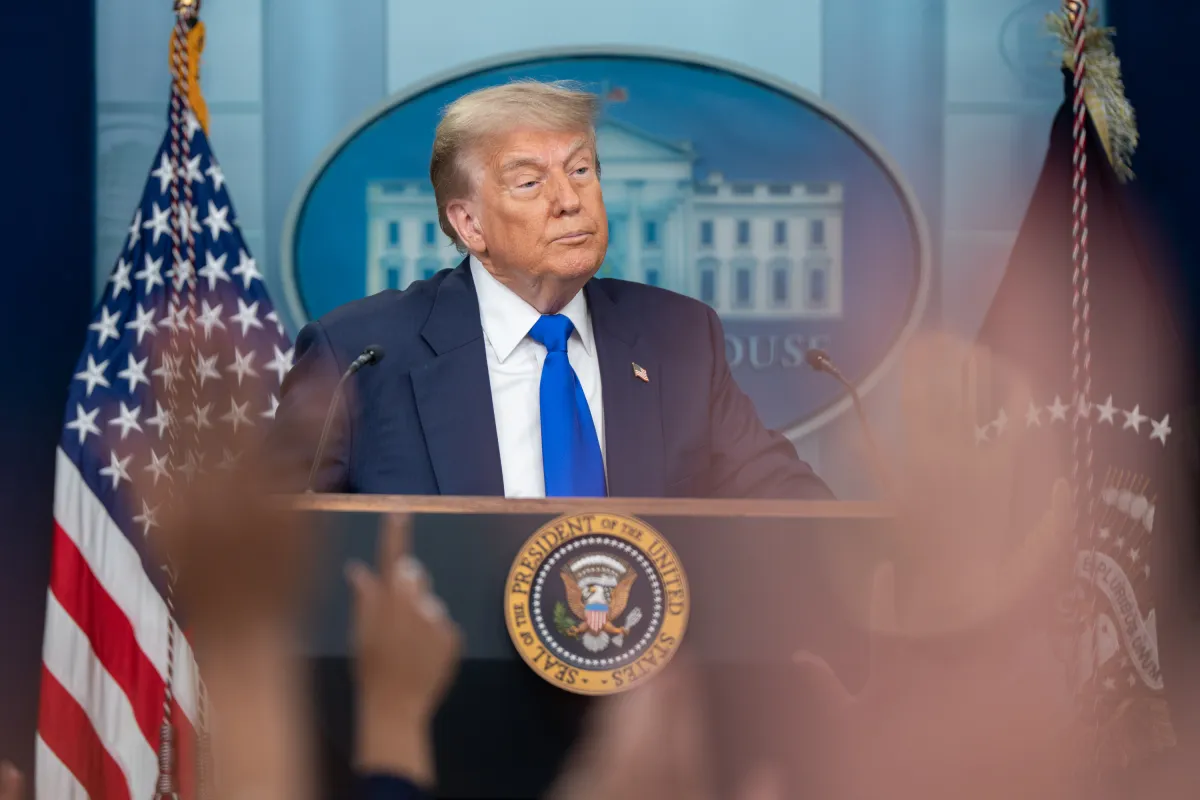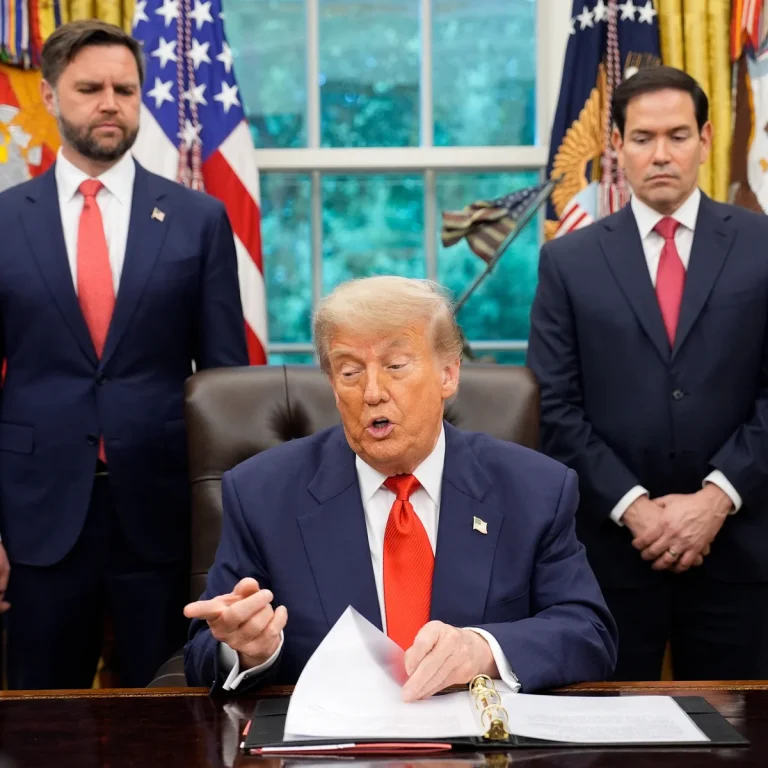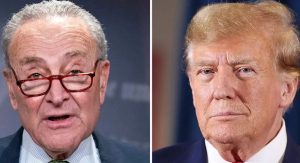A Policy Move Stirring Strong Reactions
A recent announcement from the White House has sparked a wave of conversation, ranging from nostalgic laughter to genuine concern. The decision centers on a school-based program many Americans thought had been retired for good—a program remembered as much for its difficulty as for its competitive spirit.
A Generational Memory Returns to the Spotlight
First introduced more than half a century ago, the original initiative was designed to measure student fitness against a national benchmark. It involved a series of physical challenges—simple in concept but, for many, grueling in execution. Students were timed, counted, and compared, all in full view of their peers.
For athletic children, the event was a moment to shine. For others, it became a dreaded week on the school calendar, marked by awkward performances and the sting of public comparison. Over the years, the program’s reputation shifted from an emblem of school pride to a source of anxiety for those less comfortable in the spotlight.
By the early 2010s, education officials replaced the old standard with a newer model focused on personal improvement rather than competition. For more than a decade, it remained only a cultural memory, referenced in jokes and social media throwbacks.
Tradition Versus Modern Approaches
Supporters of the program’s revival describe it as a return to a shared national tradition—one they believe fosters discipline, resilience, and community pride. They argue that in an era where sedentary lifestyles and poor nutrition threaten youth health, schools should embrace measurable standards.
Critics, however, question whether reviving a uniform, high-pressure challenge is the best way to inspire healthier habits. Pediatric health experts caution that competitive, one-size-fits-all measures risk alienating children who already struggle with physical activity, potentially leading to long-term negative associations with exercise.
Reactions from the Public
When the news broke, online commentary poured in almost instantly. Some shared humorous recollections of awkward sprints and wobbly push-ups. Others spoke more seriously, remembering feelings of embarrassment and exclusion. Many questioned whether the cultural nostalgia outweighs the potential downsides in today’s educational climate.
This mix of humor and apprehension underscores the program’s unique place in American school history—it was both a shared rite of passage and, for some, a lasting source of unease.
Questions Still Unanswered
Key details about the new rollout remain unclear. Will the updated version reflect modern fitness science? Will it accommodate students with medical or physical limitations? And will participation be mandatory across all public schools?
The answers will shape not just the program’s success, but also its reception among students, parents, and educators. Schools may need additional funding, staff training, and equipment upgrades to meet the requirements.
More Than Just a School Test
This move touches on a deeper debate about the role of physical education: Should it serve as a competitive benchmark or focus on fostering lifelong wellness in a supportive environment? The path forward will reveal whether this revival is embraced as a boost to youth health—or remembered as a step backward in educational policy.

James Jenkins is a celebrated Pulitzer Prize-winning author whose work has reshaped the way readers think about social justice and human rights in America. Raised in Atlanta, Georgia, James grew up in a community that instilled in him both resilience and a strong sense of responsibility toward others. After studying political science and creative writing at Howard University, he worked as a journalist covering civil rights issues before dedicating himself fully to fiction. His novels are known for their sharp, empathetic portraits of marginalized communities and for weaving personal stories with broader political realities. Jenkins’s breakout novel, Shadows of Freedom, won national acclaim for its unflinching look at systemic inequality, while his more recent works explore themes of identity, resilience, and the fight for dignity in the face of oppression. Beyond his novels, James is an active public speaker, lecturing at universities and participating in nonprofit initiatives that support literacy and community empowerment. He believes that storytelling is a way to preserve history and inspire change. When not writing, James enjoys jazz music, mentoring young writers, and traveling with his family to explore cultures and stories around the world.









